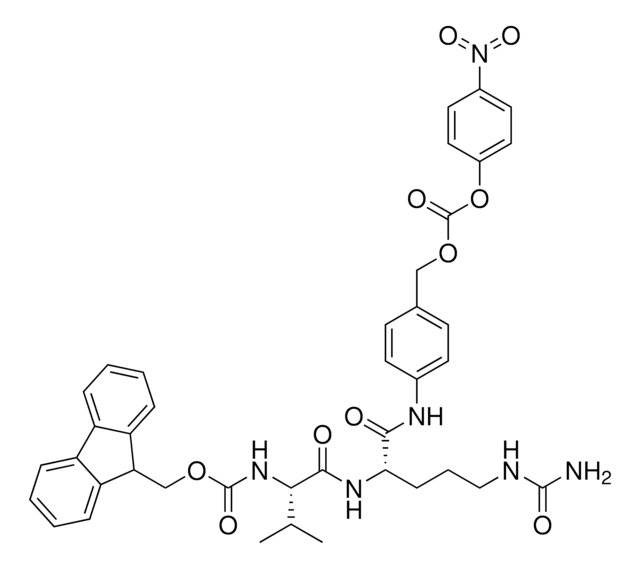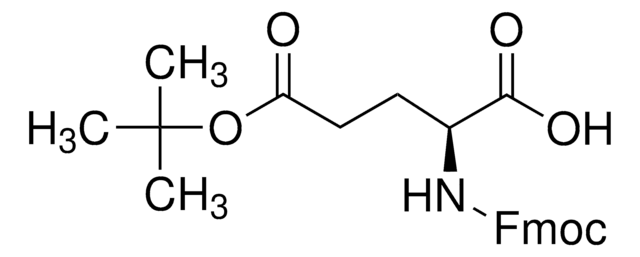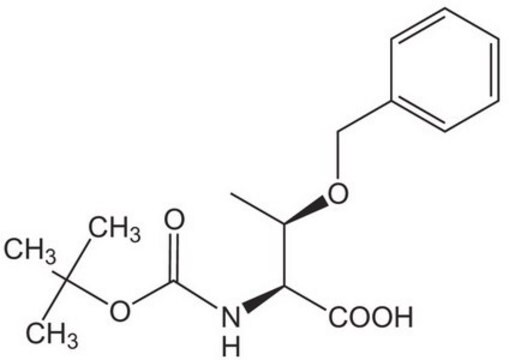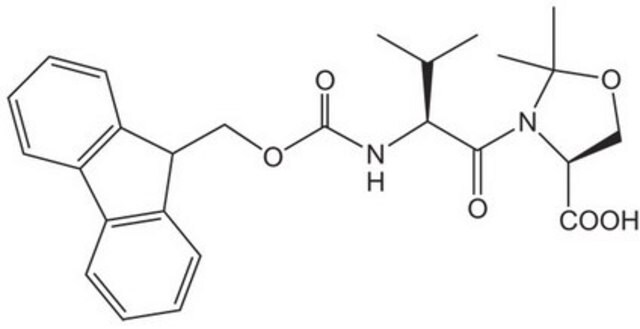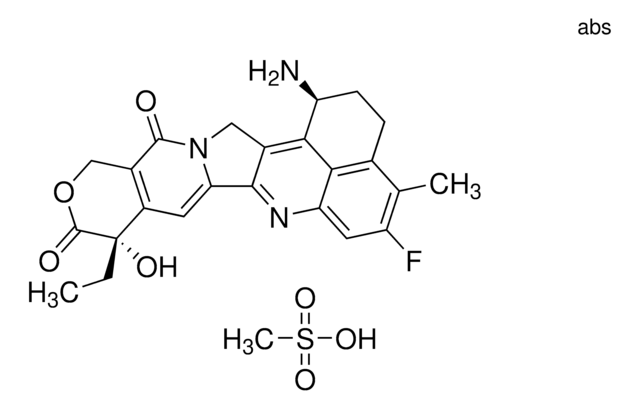AB9746
Przeciwciało anty-14-3-3 ζ
serum, Chemicon®
About This Item
Polecane produkty
pochodzenie biologiczne
rabbit
Poziom jakości
forma przeciwciała
serum
rodzaj przeciwciała
primary antibodies
klon
polyclonal
reaktywność gatunkowa
mouse, bovine, rabbit, human, rat, chicken, sheep
producent / nazwa handlowa
Chemicon®
metody
ELISA: suitable
immunohistochemistry: suitable
western blot: suitable
numer dostępu NCBI
numer dostępu UniProt
Warunki transportu
dry ice
docelowa modyfikacja potranslacyjna
unmodified
informacje o genach
human ... YWHAZ(7534)
Opis ogólny
Przeciwciało 14-3-3 zeta jest jednym z panelu przeciwciał, które zostały wygenerowane przeciwko izoformom 14-3-3 i wykazały swój potencjał do wykorzystania jako narzędzie diagnostyczne oparte na teście ELISA. Przeciwciała te pozwolą na zbadanie roli tego białka w kluczowych procesach komórkowych i zaburzeniach neurologicznych, takich jak choroba Creutzfeldta-Jakoba, choroba Alzheimera i choroba Parkinsona.
Specyficzność
Immunogen
Zastosowanie
Immunohistochemia: 1:200-1:400 na tkance mózgowej myszy, która została poddana obróbce przez uwodnione autoklawowanie w temperaturze 121°C przez 15 minut przed immunoznakowaniem. Endogenna peroksydaza została zablokowana nadtlenkiem wodoru w metanolu, a niespecyficzne znakowanie normalną surowicą kozią w stosunku 1:20 przez 5 minut.
ELISA
Optymalne rozcieńczenia robocze muszą być określone przez użytkownika końcowego.
Neuroscience
Neurodegenerative Diseases
Opis wartości docelowych
Postać fizyczna
Przechowywanie i stabilność
Informacje prawne
Oświadczenie o zrzeczeniu się odpowiedzialności
Nie możesz znaleźć właściwego produktu?
Wypróbuj nasz Narzędzie selektora produktów.
Kod klasy składowania
11 - Combustible Solids
Klasa zagrożenia wodnego (WGK)
WGK 1
Temperatura zapłonu (°F)
Not applicable
Temperatura zapłonu (°C)
Not applicable
Certyfikaty analizy (CoA)
Poszukaj Certyfikaty analizy (CoA), wpisując numer partii/serii produktów. Numery serii i partii można znaleźć na etykiecie produktu po słowach „seria” lub „partia”.
Masz już ten produkt?
Dokumenty związane z niedawno zakupionymi produktami zostały zamieszczone w Bibliotece dokumentów.
Nasz zespół naukowców ma doświadczenie we wszystkich obszarach badań, w tym w naukach przyrodniczych, materiałoznawstwie, syntezie chemicznej, chromatografii, analityce i wielu innych dziedzinach.
Skontaktuj się z zespołem ds. pomocy technicznej